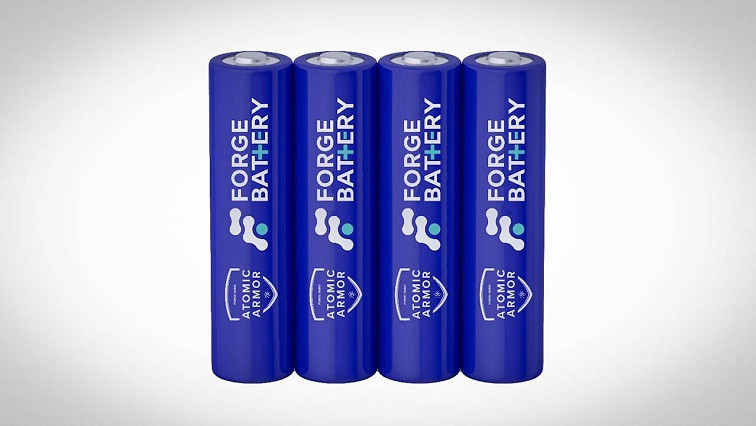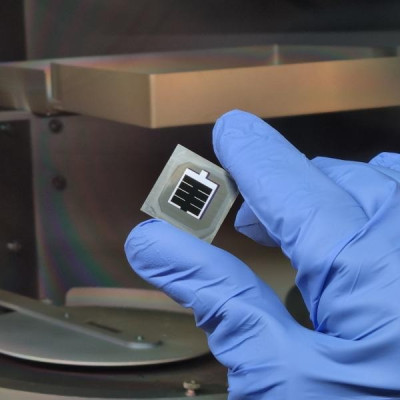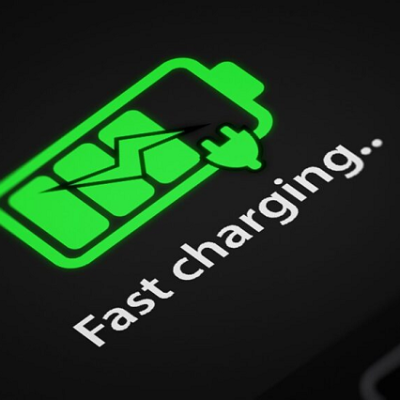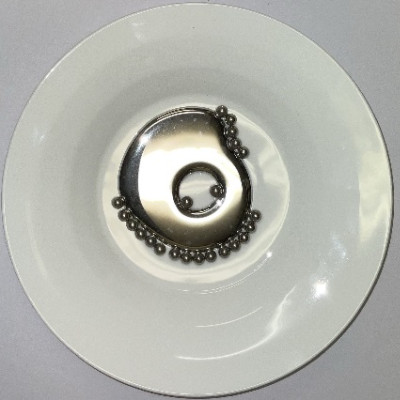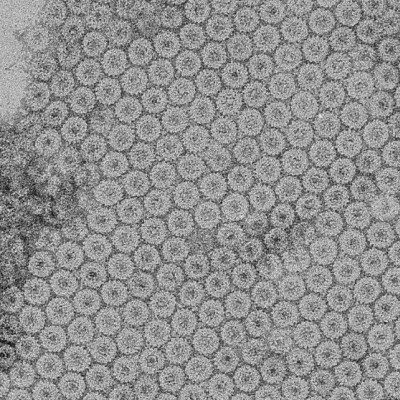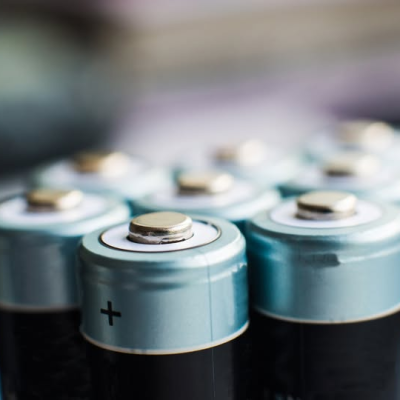Forge Battery’s “Gen. 1.1 Supercell”, the company’s first commercial product, has received both UN 38.3 and UL 1642 certifications verifying the cells meet the most stringent safety requirements, permitting transportation to customer facilities. Forge Battery expects to ship thousands of cells throughout the rest of 2024 to its current customers, who account for multiple GWh/year in confirmed offtake. Since the announcement of the Morrisville Gigafactory in November 2023, the company has received “Letters of Intent” (LOIs) totaling 24 GWh/yr. Forge Battery plans to ship cell samples to interested parties following the completion of customer sampling commitments.
“Forge Battery has received huge interest from new customers to test our made-in-America Supercells for their high-performance market needs,” said Paul Lichty, CEO of Forge Nano. “We look forward to meeting our current customer’s sampling commitments, while building additional growth in new market segments, with the shipment of our A-Sample prototype cells. These cells achieve a leap in all-around Li-ion performance thanks to our Atomic Armor technology.”
The “Gen. 1.1 Supercell” has a confirmed specific energy of 300 Wh/kg without the typical compromise in cycle life. The cells will undergo cycle life testing for various application-specific requirements from current and future customers. Forge Battery expects its A-Sample cells will meet or exceed industry standard lifetimes suitable for its intended target customer markets, which include electric trucks, off-highway vehicles, motorcycles and aerospace and Department of Defense (DoD) applications.
Comprised of a lithium nickel manganese cobalt oxide (NMC 811) cathode and silicon oxide (SiOx) graphite composite anode, the Forge Battery “Gen. 1.1 Supercell” expects to outperform energy density targets set by the United States Advanced Battery Consortium (USABC) with a 20% cost reduction per kWh. The high-performance metrics are attained through enablement of high amounts of active silicon content and greater stability of cathode active materials at high voltage, while cost metrics are a result of the reduction of electrolyte and electrolyte additives.
Forge Battery’s cell materials are coated using Forge Nano’s proprietary Atomic Armor™ atomic layer deposition technology, which coats materials with an ultrathin, uniform and robust nanocoating that prevent unwanted chemical reactions at the surface.
“Forge Battery’s high-energy Supercells are surpassing those currently on the market in energy density and capacity, which is a result of the Atomic Armor-coated materials utilized through the cell formulation,” said Barbara Hughes, VP of Energy Storage at Forge Nano. “With higher silicon content in the anode, a reduction in electrolyte and additives and the ability to cycle at higher voltages, the Forge Battery Supercell is poised to outcompete state-of-the-art Tier 1 suppliers globally and showcase U.S. battery innovation to the world.”
Forge Battery expects to begin commercial production of its Supercells at a newly constructed Gigafactory outside of Raleigh, North Carolina in 2026. Forge Battery’s cells intend to use a material supply chain comprised of materials produced in the United States, with 90 percent of cell contents sourced from U.S entities. Forge Battery’s “Gen. 1.1 Supercell” currently utilizes 100 percent of its cathode and anode materials from U.S suppliers, with additional cell materials sourced via South Korea.
Read the original article on GlobeNewswire.

